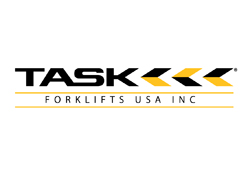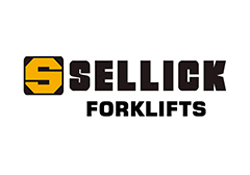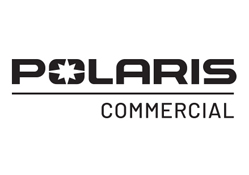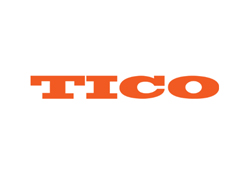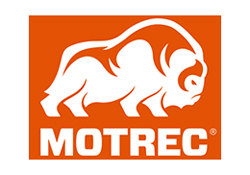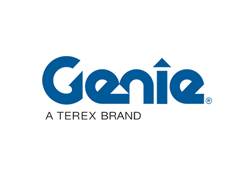Innovative Techniques for Mastering Welding Sheet Metal in Modern Manufacturing
The significant advancements in modern manufacturing have paved the way for innovative techniques in welding sheet metal, an essential process that accounts for approximately 90% of all metal fabrication. According to a report by the International Institute of Welding, the growing demand for lightweight yet resilient structures across various industries, including automotive and aerospace, underscores the importance of mastering welding sheet metal. These sectors are projected to experience a compound annual growth rate (CAGR) of 5.2% from 2021 to 2026, driven by the need for efficiency and sustainability. As manufacturers continue to seek enhancements in the precision and durability of welded joints, the integration of advanced technologies, such as laser welding and robotic automation, offers promising solutions. This shift not only improves quality but also reduces production times and costs, making it imperative for professionals in the field to adopt these innovative welding techniques to stay competitive in an ever-evolving market.
Advancements in Welding Technology for Sheet Metal Fabrication
The advancements in welding technology for sheet metal fabrication are revolutionizing modern manufacturing practices. With innovations such as laser welding, robotic welding systems, and improved filler materials, manufacturers can achieve greater precision and efficiency in their operations. These technologies not only enhance the quality of welded joints but also reduce production time, leading to significant cost savings. The global sheet metal fabrication services market, projected to reach USD 33.31 billion by 2034, highlights the growing demand for such advanced welding techniques in various industries.
Tips for mastering welding sheet metal include investing in the latest welding equipment that allows for precision and versatility. Continuous training for operators on new technologies can also play a vital role in improving output quality. Additionally, implementing regular maintenance schedules for machinery ensures optimal performance, minimizing downtime and enhancing workflow efficiency.
By staying updated on the latest advancements in welding technology and adopting innovative techniques, manufacturers can significantly elevate their sheet metal fabrication processes. This not only contributes to economic growth but also meets the increasing demands for high-quality products in the competitive market.
Key Materials and Their Impact on Welding Sheet Metal
In the modern manufacturing landscape, mastering welding techniques for sheet metal is crucial for producing high-quality components. The choice of materials plays a vital role in welding effectiveness, impacting both the mechanical properties and the overall durability of welded joints. For instance, when dealing with aluminum-copper connections, understanding the metallurgical and morphological phenomena at the bonding interface is essential. This includes recognizing the formation mechanisms of intermetallic compounds that can affect strength and conductivity, which is particularly important in applications that require precise electrical performance.
Tips: When selecting materials for welding, consider their compatibility not just in terms of strength but also in the context of heat treatment and corrosion resistance. Additionally, engaging with advanced techniques like magnetic pulse welding can significantly enhance joint quality and minimize defects. Utilizing cutting-edge metal fabrication equipment can also streamline the welding process, ensuring consistent and reliable results across various projects.
The ongoing exploration of bonding techniques, especially in alloys such as Al-Cu, highlights the necessity for continual innovation in welding practices. As manufacturers adopt new technologies, understanding the nuances of each material's interaction during welding will lead to more optimized production methods and improved product performance.
Welding Techniques and Material Impact on Sheet Metal Welding
Innovative Techniques for Enhanced Precision in Welding
In the realm of modern manufacturing, precision in welding sheet metal has become paramount due to the evolving demands of various industries. Innovative techniques in welding not only enhance accuracy but also streamline production processes, ensuring high-quality output. For example, the integration of advanced robotic systems, such as arc welding robots and laser welding technologies, offers unmatched precision and efficiency, making them indispensable in sectors like automotive and aerospace. These advancements signify a shift towards more automated and precise welding solutions, which are critical for modern production lines.
Moreover, the ultrasonic welding sector is experiencing significant growth alongside these advancements, fueled by the push for green manufacturing practices. As more industries transition to eco-friendly methods, ultrasonic welding technology emerges as a sustainable alternative that meets the increased need for delicate and precise welding applications, especially in the electronics and medical device industries. The rise of intelligent manufacturing frameworks and Industry 4.0 also contributes to the demand, as manufacturers seek innovative methods to improve productivity and precision in their operations.
Automation and Robotics in Modern Sheet Metal Welding
The integration of automation and robotics in modern sheet metal welding has revolutionized the manufacturing landscape, significantly enhancing efficiency and precision. Automated welding systems are designed to perform repetitive tasks with consistent quality, which reduces human error and increases production rates. By employing highly sophisticated robots, manufacturers can achieve greater control over the welding process, ensuring that every seam is uniform and meets stringent quality standards. This level of automation not only optimizes workflow but also allows for greater flexibility in production, adapting quickly to varying project requirements.
Moreover, advancements in sensor technology and machine learning have further improved the capabilities of robotic welding systems. Smart robots can now monitor their performance in real time, adjusting parameters to compensate for any variations in material properties or environmental conditions. This adaptability enhances the overall reliability of welding operations while minimizing downtime. As the industry continues to embrace these innovative techniques, the synergy between automation and robotics is set to propel sheet metal welding into a new era, where efficiency and quality coexist seamlessly, ultimately redefining manufacturing excellence.
Best Practices for Quality Control in Welding Processes
Quality control is a critical aspect of welding processes, particularly in the context of sheet metal fabrication. Ensuring that welds meet established standards not only guarantees the structural integrity of the final product but also enhances overall manufacturing efficiency. One best practice is the implementation of real-time monitoring systems that utilize sensors to assess the welding parameters, such as temperature, voltage, and travel speed. By continuously tracking these factors, manufacturers can quickly identify deviations and make necessary adjustments before defects arise.
Another essential practice involves regular training and certification for welders. This not only helps in keeping the workforce updated on the latest techniques and standards but also fosters a culture of quality awareness. Comprehensive training programs should include hands-on sessions that focus on proper technique, safety, and the importance of following specifications. Moreover, conducting frequent inspections using advanced non-destructive testing methods, such as ultrasonic or radiographic testing, can further enhance quality control by identifying internal defects and ensuring that welds are not just visually acceptable but structurally sound as well.
